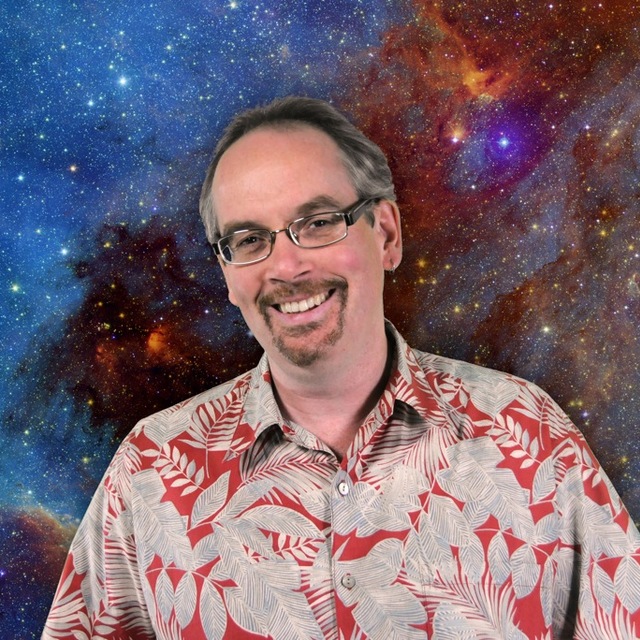
A VLT spectroscopic survey of RX J0152.7-1357, a forming cluster of galaxies at z = 0.837
March 2005 • 2005A&A...432..381D
Abstract • We present the results of an extensive spectroscopic survey of RX J0152.7-1357, one of the most massive distant clusters of galaxies known. Multi-object spectroscopy, carried out with FORS1 and FORS2 on the ESO Very Large Telescope (VLT), has allowed us to measure more than 200 redshifts in the cluster field and to confirm 102 galaxies as cluster members. The mean redshift of the cluster is z=0.837 ± 0.001 and we estimate the velocity dispersion of the overall cluster galaxy distribution to be ~1600~km s-1. The distribution of cluster members is clearly irregular, with two main clumps that follow the X-ray cluster emission mapped by Chandra. A third clump of galaxies to the east of the central structure and at the cluster redshift has also been identified. The two main clumps have velocity dispersions of ~919 and ~737~km s-1 respectively, and the peculiar velocity of the two clumps suggests that they will merge into a single more massive cluster. A segregation in the star formation activity of the member galaxies is observed. All star-forming galaxies are located outside the high-density peaks, which are populated only by passive galaxies. A population of red galaxies (belonging to the cluster red sequence) with clear post-starburst spectral features and [OII] (λ3727) emission lines is observed in the outskirts of the cluster. Two AGNs, which were previously confused with the diffuse X-ray emission from the intracluster medium in ROSAT and BeppoSAX observations, are found to be cluster members.
Based in part on observations carried out at the European Southern Observatory using the ESO Very Large Telescope on Cerro Paranal (ESO programs 166.A-0701, 69.A-0683 and 72.A-0759) and the ESO New Technology Telescope on Cerro La Silla (ESO program 61.A-0676). Tables 4 and 5 are only available in electronic form at the CDS via anonymous ftp to cdsarc.u-strasbg.fr (130.79.128.5) or via http://cdsweb.u-strasbg.fr/cgi-bin/qcat?J/A+A/432/381Links
- NED https://ned.ipac.caltech.edu/uri/NED::InRefcode/2005A%26A...432..381D
- PREPRINT http://arxiv.org/abs/astro-ph/0411386
- POSTSCRIPT https://www.aanda.org/10.1051/0004-6361:20041931/postscript
- ELECTR http://www.aanda.org/htbin/resolve?bibcode=2005A%26A...432..381DFUL
- SIMBAD https://simbad.u-strasbg.fr/simbad/sim-ref?querymethod=bib&simbo=on&submit=submit+bibcode&bibcode=2005A%26A...432..381D
- PDF https://www.aanda.org/10.1051/0004-6361:20041931/pdf
- DATA http://archive.eso.org/bin/ads2eso?2005A%26A...432..381D
- DATA https://cdsarc.cds.unistra.fr/viz-bin/cat/J/A+A/432/381
- DATA https://cda.harvard.edu/chaser?obsid=913
- DATA https://cdsarc.cds.unistra.fr/viz-bin/cat/J/A+A/432/381
- SPIRES http://inspirehep.net/search?p=find+eprint+astro-ph/0411386



